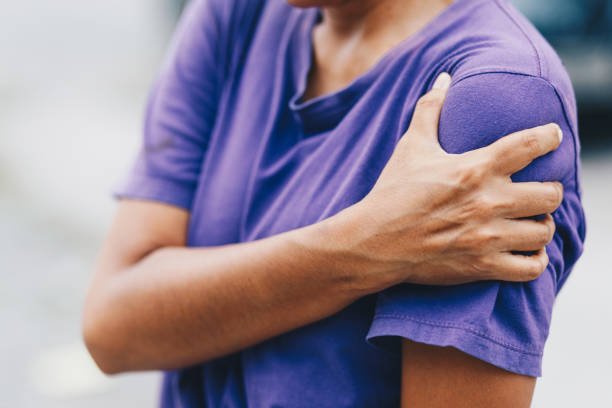
Weakness in the left arm is usually suspected to be a problematic condition by the affected individual. But in truth, this misconception is not always accurate as varying factors can cause this condition.
Weakness in the arm can be a symptom of a mild condition such as a wrong sleeping position which impedes proper nerve functions, causing numbness, or a severe emergency condition such as a heart attack, multiple sclerosis, or cardiovascular disease.
Left-arm weakness isn’t always a cause for concern and requires no urgent medical intervention; however, if you experience this condition, executing a daily routine task may be difficult.
Causes of Left Arm Weakness
Left-arm weakness may result from injuries or trauma to the nervous system, joints, and muscles. Frequently diagnosed causes of arm weakness include:
Nerve Damage
Mild or severe trauma to the ulnar nerves can damage the left arm, causing a tingling sensation. You can resolve this condition by avoiding repetitive tasks and activities putting pressure on the affected arm; however, severe cases might require surgery.
Stroke
Weakness in the left arm is due to a stroke. This condition occurs by the interruption of blood supply to the brain leading to the degeneration of brain cells. Common stroke symptoms include speech problems, confusion, and lack of coordination.
An overuse injury
A repetitive strain injury (RSI) occurs by long-term damage to the arm’s tendons, muscles, and nerves caused by applying repetitive pressure on the arm. This condition can cause permanent injuries if not diagnosed and properly managed.
Vascular Thoracic Outlet Syndrome
Vascular Thoracic outlet syndrome compresses neurovascular structures exiting the thoracic outlet. This condition commonly occurs in people whose daily activities apply repetitive pressure on the arms; however, other less severe problems can lead to thoracic outlet syndrome.
This condition often leads to pain and weakness of the arm due to nerve damage and can be treated with medication and physical therapy. Severe cases may require surgery.
Cervical Spinal Stenosis
Cervical spinal stenosis is caused by narrowing the spinal canals leading to spinal cord compression. This condition can result in weakness and numbness of the left arm.
Other underlying medical conditions such as cervical spondylosis can increase the chances of developing spinal stenosis. Your doctor may recommend physical therapy, medication, or surgery, depending on the severity of the condition.
Symptoms
Arm weakness can be an unpleasant experience, limiting your ability to perform daily tasks. Symptoms of left arm weakness depend on the severity of the underlying condition; however, noticeable signs of arm weakness include:
- Lump in arm
- Fatigue
- Shortness of breath
- Reduced mobility
- Muscle pain
- Confusion or loss of consciousness
- Shoulder, arm, hand, or finger pain
- Swollen joints
Gradual or sudden weakness in the arm can cause concern; therefore, it is essential to visit a doctor as soon as possible for proper diagnosis.
Diagnosis
Diagnosing the root cause of the discomfort is the first step to creating a treatment plan. Your doctor will first take a physical exam and check your medical history. Your doctor may recommend these tests discussed below for proper diagnosis based on your symptoms.
- Your doctor will examine the Movement of the affected arm to assess a range of motion. This helps with identifying the location and cause of weakness.
- Blood test to diagnose underlying medical conditions that can cause arm’s weakness
- An X-ray to check for a cracked or broken bone
- MRI, ultrasound, or CT to get a detailed image of soft tissues in the affected arm.
Treatment
Left-arm weakness isn’t always a severe condition; over-the-counter pills might be effective in resolving the situation. In some cases, physical therapy, anti-inflammatory drugs, or surgery may be recommended by your doctor, depending on the severity of the condition.
Generally, people believe that you have to engage in some traumatic activities before you can experience weakness in your arm. In most cases, this is not true. So if you are experiencing weakness in your arm and not sure why it’s happening, seek a doctor’s consultation.






